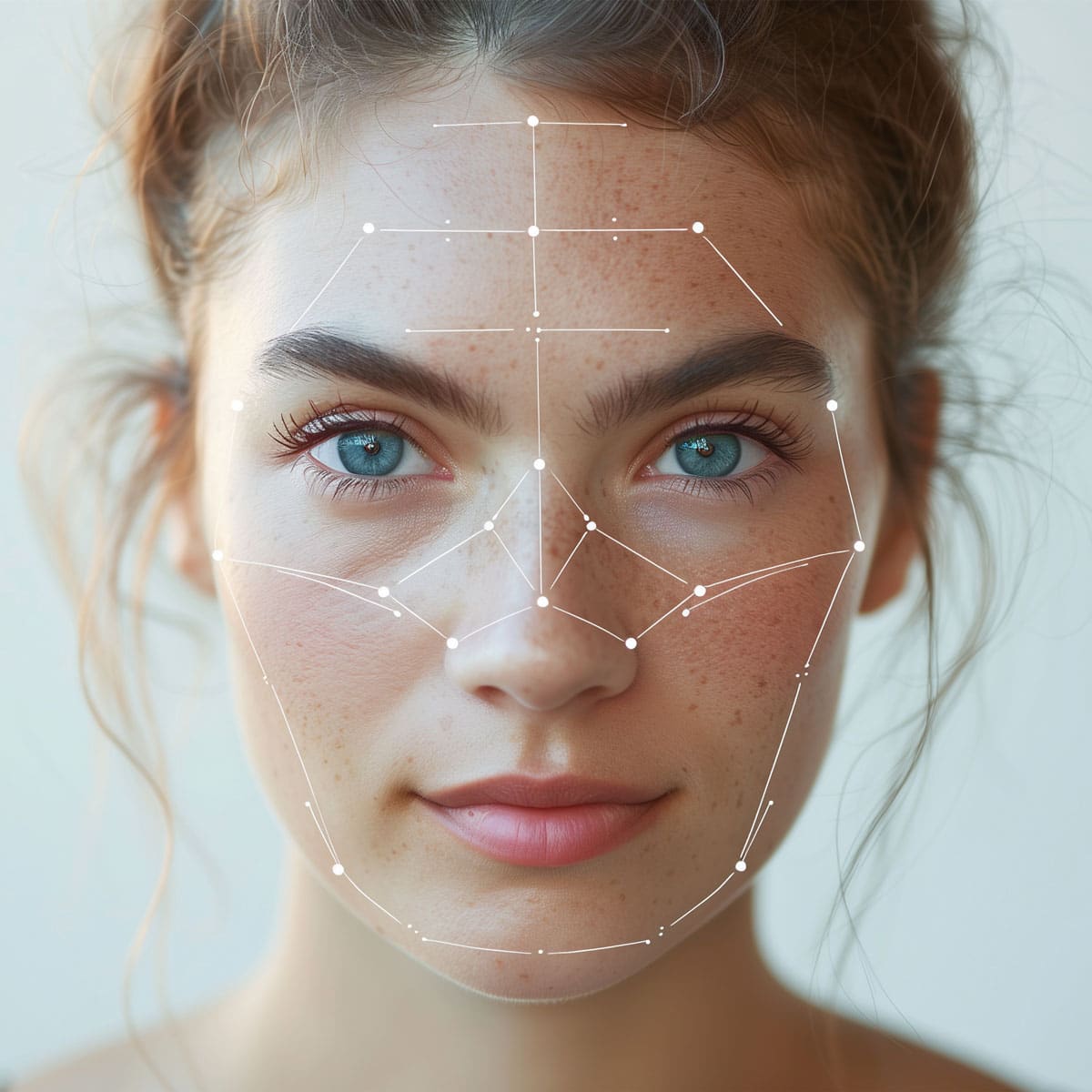By Dr. Mohamed Lazzouni
Privacy and security often feel like they’re at odds.
Nowhere is this tension more apparent than in the use of biometric technology (fingerprints, facial recognition, voice patterns, and more) to authenticate identity. As businesses and governments increasingly turn to biometrics for everything from unlocking devices and accounts to reducing fraud, concerns around surveillance, data misuse, and identity theft are understandably on the rise.
But here’s the good news: when deployed responsibly, biometric technology doesn’t have to compromise privacy. In fact, it can actively preserve and enhance it.
The Core Concern: What Happens to My Biometric Data?
Unlike a password or PIN, your biometrics can’t be changed. If your fingerprint or face template gets compromised, you can’t just “reset” it. This makes data protection absolutely critical. The most common concerns people have with biometric systems include:
- Centralized storage vulnerabilities: Storing biometric data in a central database can make it a high-value target for hackers.
- Function creep: Will biometric data collected for one purpose later be used for another, like surveillance or marketing?
- Lack of transparency: How is the data used, who has access, and for how long is it stored?
These are not just theoretical worries. Past data breaches and invasive deployments of facial recognition have eroded trust in how biometric systems are managed.
How Biometrics Can Be a Privacy-Preserving Tool
Despite these concerns, biometric technology can actually support stronger privacy frameworks when designed with the right guardrails. Here’s how:
1. Biometrics as a Replacement for More Invasive Data Collection
Biometrics can eliminate the need to store or transmit more sensitive or traceable data like full names, birthdates, or Social Security numbers. A fingerprint or facial scan used locally for device access, for instance, may never leave the device or be linked to any personal identifier.
2. Template-Based Matching and Encryption
Biometric systems don’t store your actual fingerprint or face image—they store a template, aka a mathematical representation that cannot be reverse-engineered into the original. These templates can be encrypted and matched locally, reducing the value of the data even if it’s intercepted. Check out this article for event more details on biometric data security tactics.
3. Biometric Encryption and Zero-Knowledge Proofs
Innovations in biometric encryption are making it possible to verify identity without ever exposing the raw biometric data. One emerging technique involves biometric-based cryptographic keys where a user’s biometric input generates a unique key that unlocks access to a secure service, but the biometric data itself is never stored or transmitted.
Similarly, zero-knowledge proofs (ZKPs) allow one party to prove they are who they say they are without revealing any biometric or personal data in the process. These approaches allow for identity verification with minimal data exposure, aligning well with privacy regulations and user expectations. In essence, they turn your biometric trait into a secure, ephemeral key, instead of a permanent data record.
4. Privacy-Enhancing Technologies (PETs)
Techniques like differential privacy, homomorphic encryption, and federated learning allow biometric systems to learn and improve without ever accessing raw data. These technologies are advancing rapidly and are increasingly used to strike the balance between security and privacy.
5. User Control and Consent
Ethical biometric systems prioritize user consent and transparency. That means providing clear opt-in processes, limiting data retention, and giving users control over how their biometrics are used or deleted. When users are informed and empowered, trust improves, and so does adoption.
Striking the Right Balance: Security Without Surveillance
The path forward isn’t to reject biometrics outright, but to demand better, safer implementations. This includes:
- Conducting regular security and privacy audits of biometric systems
- Applying privacy-by-design principles at every development stage
- Choosing biometric partners and vendors who prioritize compliance and ethical use
- Educating users on how their data is handled, and honoring their choices
Biometric authentication, done right, reduces reliance on insecure passwords, protects against identity fraud, and gives users a faster, more seamless experience—without compromising their right to privacy.
Biometrics Can Be Pro-Privacy, If We Build It That Way
Too often, the conversation around biometrics focuses narrowly on risk. But the more important question is how these systems are designed and governed. A thoughtfully implemented biometric solution can enable secure authentication with less personal data exposure than many legacy methods.
Data privacy isn’t just a technical challenge; it’s a matter of trust. As biometric systems become more widespread, organizations have a responsibility to lead with transparency, respect, and security. By prioritizing data minimization, secure template management, and user control, technology leaders can ensure that biometrics strengthen both security and privacy. Done right, biometrics don’t just verify who you are, they protect who you are.



